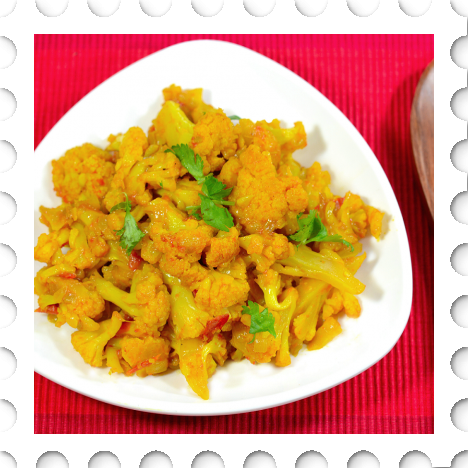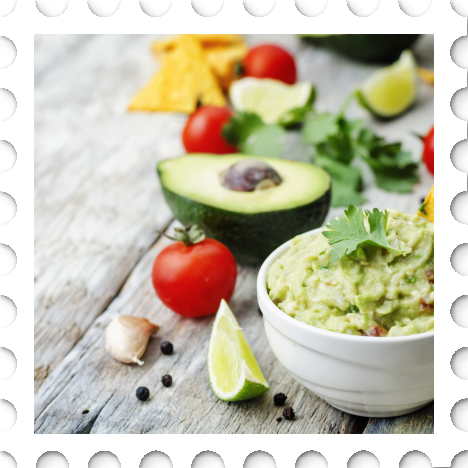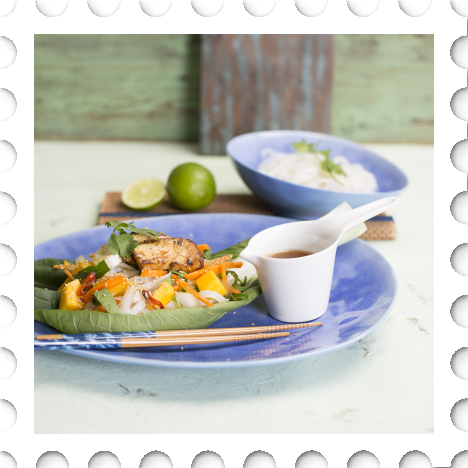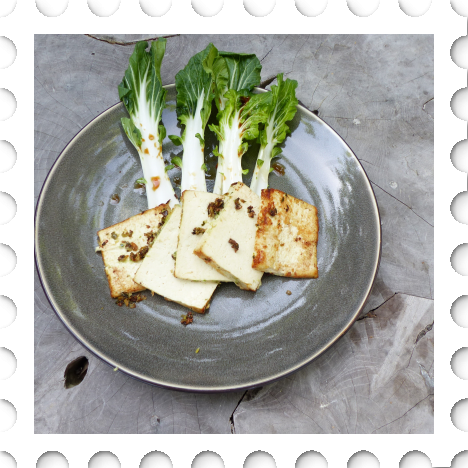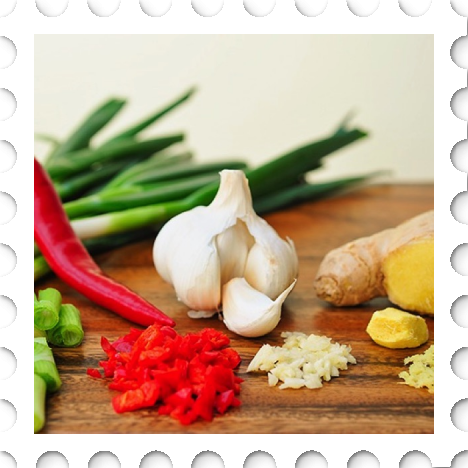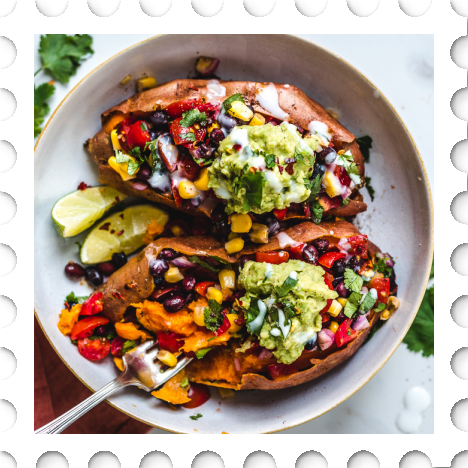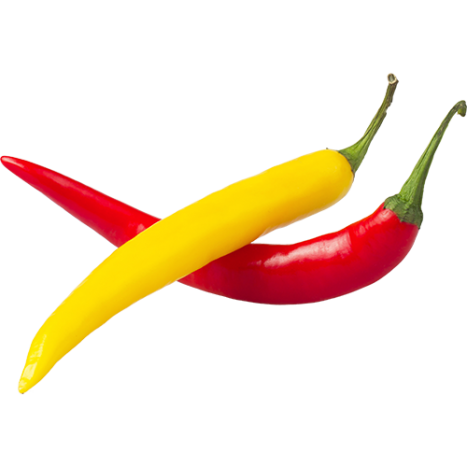Chili Pepper Fun Facts and varieties
- Organic Chili peppers have been a part of the human diet since at least 7500 BCE.
- Recent research shows that chili peppers were domesticated more than 6000 years ago in Mexico.
- The seeds are NOT the hottest part of peppers. It is at the point where the seed is attached to the white membrane inside the pepper that the highest concentration of capsaicin (the compound giving peppers their pungent flavor) is found.
- Capsaicin, which makes hot peppers “hot” to the human mouth, is best neutralized by casein, the main protein found in milk.
- The “heat” of chili peppers was historically measured in Scoville heat units (SHU), which is a measure of the dilution of an amount of chili extract added to sugar syrup before its heat becomes undetectable to a panel of tasters; the more it has to be diluted to be undetectable, the more powerful the variety and therefore the higher the rating
Nature & More chili pepper varieties
- Spanish Red - skinny, smooth with a deep red or yellow color. These are sometimes referred to as devil fingers. Due to their strong flavor they are often used in Cajun dishes.
- Fresno - appear green on the vine but mature to orange and eventually a deep red when fully ripe and best to eat. The most common application for fresno peppers is chopped up in salsa.
- Red Rawit - are small and thin but don't let the size fool you. Rawit Chillies are native to South America. The waxy skin is red or green.
- Scotch Bonnet Pepper - are almost indistinguishable from the habanero, except that they are a bit smaller. This variety is particularly popular in the Caribbean.
- Habanero Pepper - are among the hottest chili peppers in the world. Due to their spiciness and fruity flavor, they are often used to provide the “hot” element to salsas and hot sauces.



